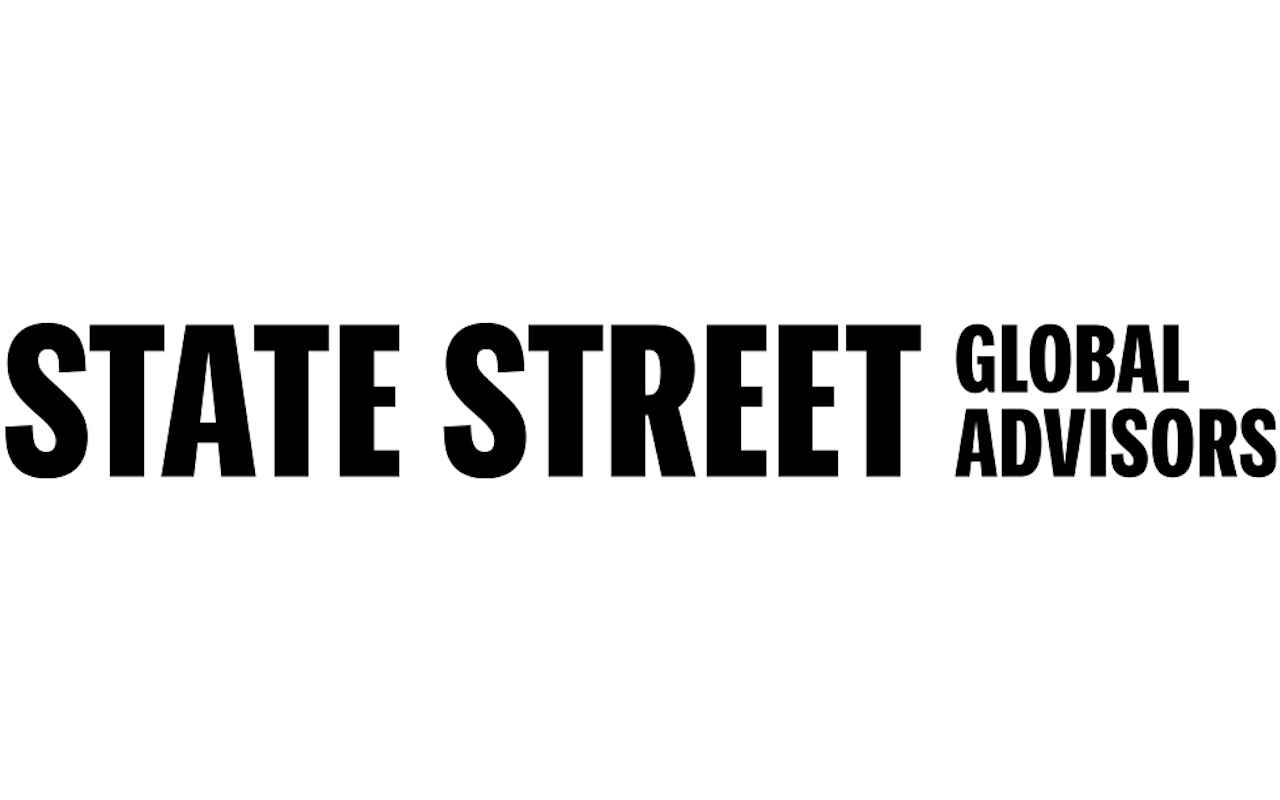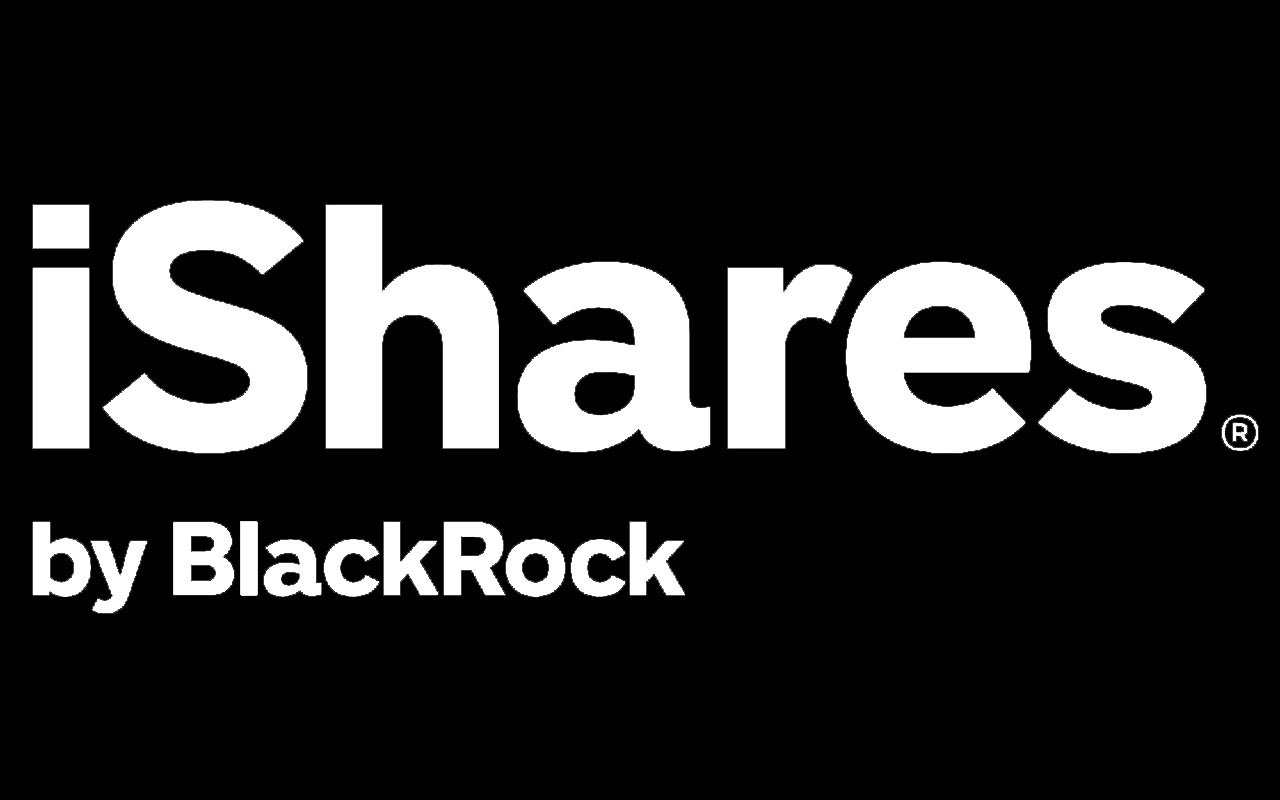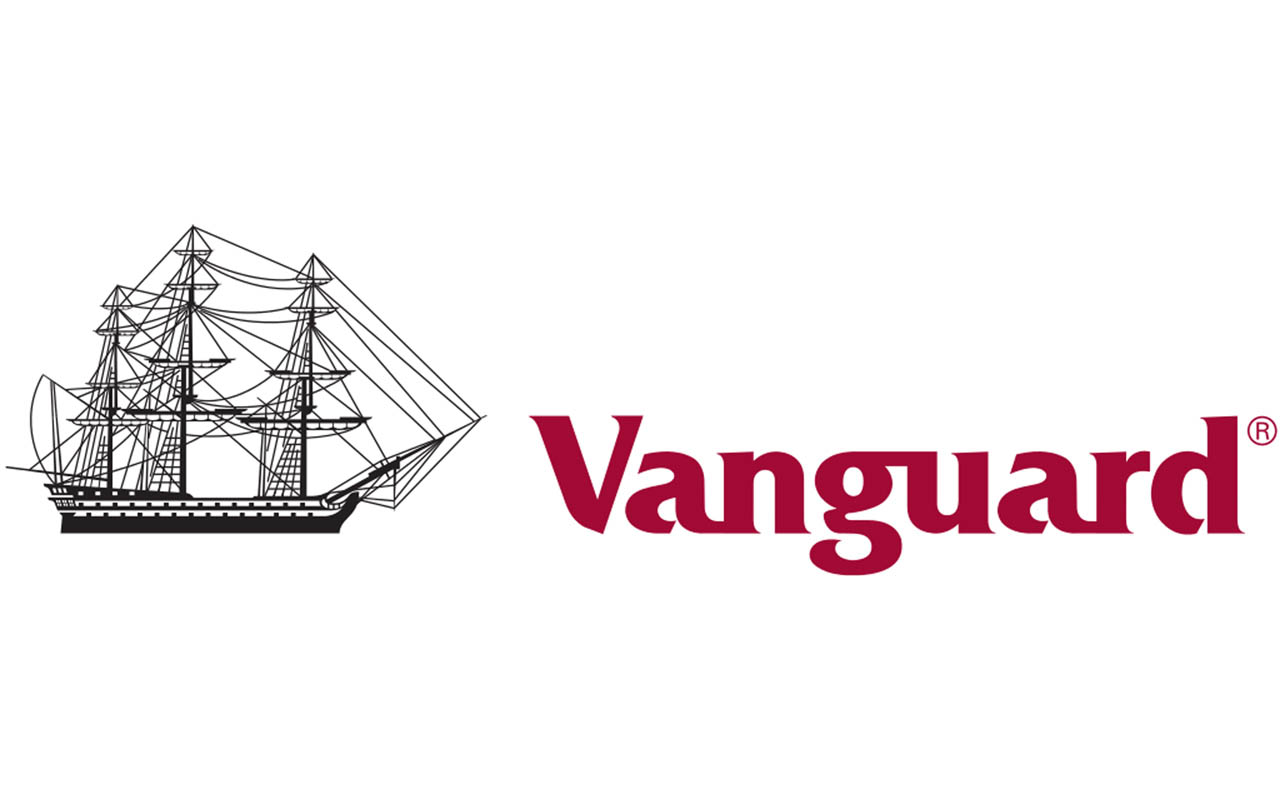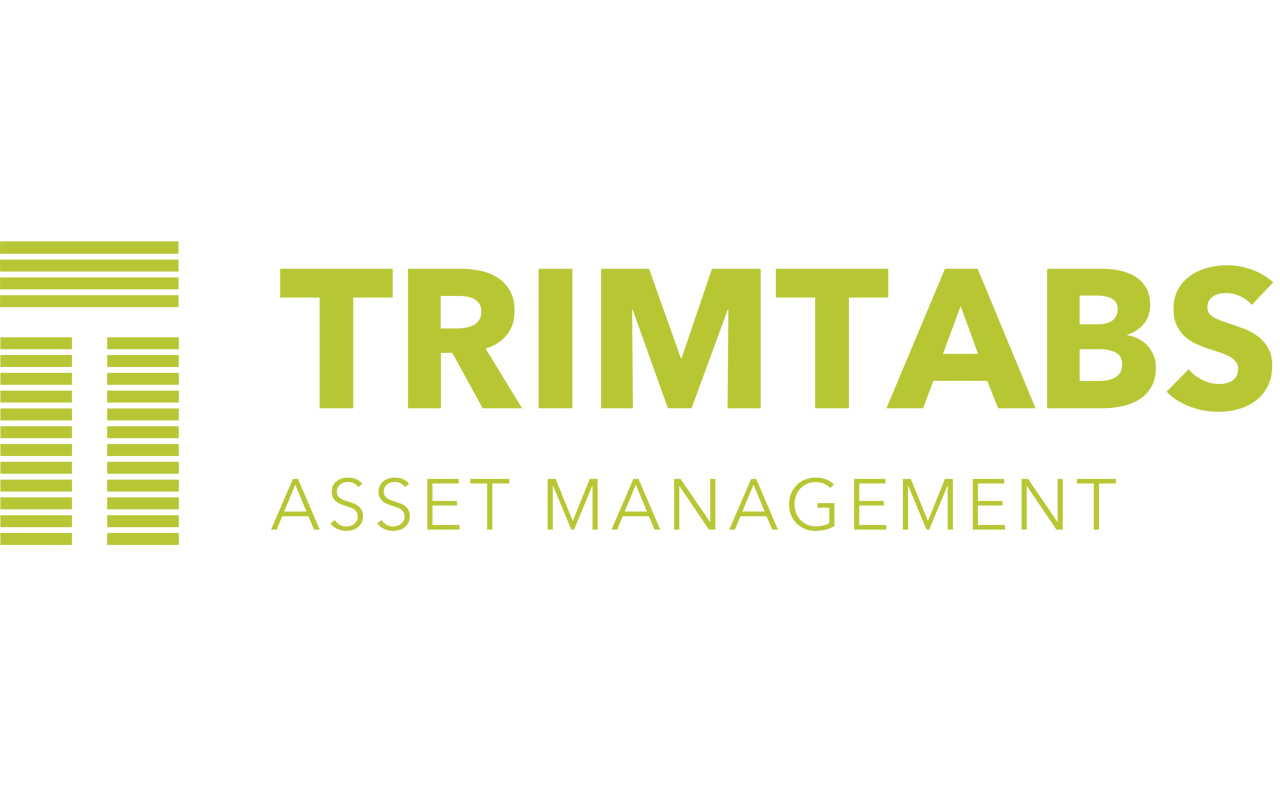7 Great ETFs to Avoid the Havoc in Energy Stocks
Energy stocks have been belted since the start of 2020 amid the rising threat of the COVID-19 coronavirus outbreak.


Energy stocks have been belted since the start of 2020 amid the rising threat of the COVID-19 coronavirus outbreak. Now, a potential price war threatens to turn the sector into one of the biggest liabilities in investor portfolios.
Oil prices, which have been under pressure all year, officially fell into bear-market territory by February as coronavirus fears hampered expectations for demand. The Energy Select Sector SPDR ETF (XLE), a fund made up of the S&P 500's energy stocks, had declined by 29% as of March 6.
Now, energy prices and the sector's stocks face even more disruption. Saudi Arabia announced on March 8 that it would cut prices on oil deliveries by nearly 10%. The retaliatory move is aimed at Russia for not agreeing to a production cut to stabilize oil prices, but it's sure to be felt across the rest of the energy-producing world. Some analysts fear the move is the start of a new price war in oil.
"The prognosis for the oil market is even more dire than in November 2014, when such a price war last started, as it comes to a head with the significant collapse in oil demand due to the coronavirus," Goldman Sachs oil strategist Damien Courvalin wrote March 8. His firm is cutting its second- and third-quarter price forecasts for Brent crude oil (a world benchmark) to $30 per barrel, "with possible dips in prices to operational stress levels and well-head cash costs near $20." Brent traded around $45 per barrel just days before.
The energy sector doesn't make up a huge percentage of most broad-market funds, but some funds are more insulated than others. Here, we look at seven great ETFs that will minimize your exposure to the chaos that's wrenching energy stocks.
Disclaimer
Data is as of March 8. Dividend yields represent the trailing 12-month yield, which is a standard measure for equity funds.

SPDR SSGA US Large Cap Low Volatility ETF
- Market value: $1.0 billion
- Dividend yield: 2.0%
- Expenses: 0.12%
- Exposure to energy sector: 0.82%
Low-volatility ETFs, which target stocks that tend to wiggle far less than the broader market, already are in high demand amid this volatile environment. A number of them have the added benefit of being extremely thin on energy stocks.
The SPDR SSGA US Large Cap Low Volatility Index ETF (LGLV, $109.32) is a portfolio of more than 125 large-cap stocks that have been whittled down from a group of the U.S. market's largest 1,000 stocks. The lower a stock's volatility, the more assets LGLV invests in it.
Less than 1% of this low-volatility portfolio is dedicated to energy stocks at the moment, versus about 3.4% for the S&P 500. That hardly means it's out of harm's way, of course. Nearly a third of LGLV's assets are invested in financials at the moment, with another 16% wrapped up in information technology stocks – two sectors that have dropped off considerably amid the recent market selloff. It has good but not great exposure to more defensive industries such as real estate (8%), consumer staples (6%) and utilities (5%).
Still, LGLV has outperformed the broader market over a volatile past month, thanks in part to top holdings such as waste-collection provider Republic Services (RSG), professional services firm Marsh & McLennan (MMC) and Warren Buffett holding company Berkshire Hathaway (BRK.B).

iShares Edge MSCI Min Vol USA Small-Cap ETF
- Market value: $563.2 million
- Dividend yield: 1.8%
- Expenses: 0.20%
- Exposure to energy sector: 0.22%
Another volatility-minded option is the iShares Edge MSCI Min Vol USA Small-Cap ETF (SMMV, $32.80), which is listed among some of the best ETFs to beat back a bear market.
This iShares ETF, unlike the aforementioned LGLV, isn't an attempt to find the absolute lowest-volatility stocks it can find. Instead, it applies a multi-factor risk model, which looks at traits such as value and momentum, to a wide array of small-cap companies, with the goal of constructing a low-volatility portfolio of stocks.
And indeed, it has. SMMV and its portfolio of 386 small-cap companies, with an average market value of less than $3 billion across the group, has a beta of just 0.68. Beta essentially measures how much (or little) something moves compared to a benchmark – in this case, the S&P 500. A benchmark's beta is set at 1, meaning anything under that is considered to be less volatile.
That lack of volatility has served the fund well over the past month. The iShares Edge MSCI Min Vol USA Small-Cap ETF is off 8% in that time, versus a roughly 11% loss for the S&P 500 and a 12%-plus loss for the small-cap Russell 2000 Index.
Otherwise, SMMV provides decent exposure of 8% or more to eight different sectors, with financials (20%) and real estate (17%) topping the list. But energy stocks are at a bare minimum – in fact, the fund holds more of its assets in cash (0.31%) than it does in the energy sector (0.22%).

iShares Edge MSCI Min Vol Global ETF
- Market value: $5.6 billion
- Dividend yield: 2.7%
- Expenses: 0.2%*
- Exposure to energy sector: 0.58%
The last volatility-minded fund we'll look at is the iShares Edge MSCI Min Vol Global ETF (ACWV, $93.02), which is a world stock fund that's guided by the same principles behind the SMMV.
The iShares Edge MSCI Min Vol Global ETF holds 447 stocks across the world, including in the U.S. (As a rule of thumb, "international" means the world outside the U.S., where as "global" means the world including the U.S.) And, as is the case in many global funds, America makes up a hefty helping of the ETF's assets, at 52%. Japan is another 11%, Switzerland is 6%, and the rest is spread among a number of developed and emerging nations.
Like the other ETFs mentioned so far, financials lead the portfolio, at 19%. It also has a nice slug of consumer staples stocks (13.3%), while defensive sectors utilities and real estate combine for another 17% of the fund's assets.
Energy, at a tiny 0.58% of the portfolio, is almost on par with ACWV's cash position.
Several of the top holdings are a who's who of defensive or otherwise beneficial names to hold during a downturn: Swiss consumer staples giant Nestle (NSRGY), American waste-collection firm Waste Management (WM) and gold miner Newmont (NEM), which is up 19% over the past month.
* Includes a 12-basis-point fee waiver through at least Dec. 31, 2023.

Vanguard ESG U.S. Stock ETF
- Market value: $1.1 billion
- Dividend yield: 1.4%
- Expenses: 0.12%
- Exposure to energy sector: 1.24%
The Vanguard ESG U.S. Stock ETF (ESGV, $52.65) is one of a large number of great ETFs dedicated to adhering to environmental, social and corporate governance (ESG) guidelines.
ESG guidelines are far from set in stone. They can include anything from gender inclusivity in boardrooms to management of toxic emissions to the company's charity and volunteer efforts.
Vanguard's ESGV screens a universe of large-, mid- and small-cap stocks for various ESG criteria, but it also automatically excludes companies in certain industries. That includes adult entertainment, alcohol, tobacco, gambling, nuclear power, weapons … and fossil fuels.
Interestingly enough, that last exclusion isn't enough to completely eliminate its exposure to oil-and-gas companies. But ESGV, which allocates about 1.2% of its assets to the sector, still is leaner on energy stocks than the S&P 500. Its heaviest weights are in technology (28%), financials (20%) and consumer services (14%), however, so the ETF has taken its bumps right alongside the broader market during the current downturn.
That said, Vanguard ESG U.S. Stock ETF has outperformed the S&P 500 since inception in September 2018.

WisdomTree International Quality Dividend Growth Fund
- Market value: $111.4 million
- Dividend yield: 2.2%
- Expenses: 0.38%*
- Exposure to energy sector: 1.29%
The WisdomTree International Quality Dividend Growth Fund (IQDG, $29.12) isn't, in fact, looking for dividend growth.
IQDG holds more than 280 dividend-paying common stocks in developed-market nations that also have growth factors (long-term earnings growth expectations) and quality factors (return on equity and return on assets). In other words, the ETF is looking for dividend stocks with quality and growth.
It's an international fund, which means the U.S. isn't in the picture, but IQDG also excludes Canadian stocks from its potential holdings. The U.K. is top dog at 22% of the fund, followed by Japan at nearly 20%, then Germany, Denmark and Switzerland, all of which have 7%-plus weights.
From a sector perspective, IQDG is heavily invested in five sectors – consumer discretionary, health care, industrials, consumer staples and information technology – at weights of between 13% and 17%. Energy is at the bottom of the totem pole at just below 1.3%.
Just note that the top holdings are fairly concentrated compared to most of the other ETFs on this list. Industria de Diseno Textil (IDEXY), British American Tobacco (BTI) and Novo Nordisk (NVO) account for more than 4% of assets each.
* Includes a 10-basis-point fee waiver through at least July 31, 2020.

TrimTabs All Cap US Free-Cash-Flow ETF
- Market value: $115.8 million
- Dividend yield: 0.8%
- Expenses: 0.59%
- Exposure to energy sector: 1.55%
The TrimTabs All Cap US Free-Cash-Flow ETF (TTAC, $36.43) is an actively managed exchange-traded fund that scours the Russell 3000 Index for stocks with three qualities:
- They generate significant free cash flow – the cash profits a company has left over once it has made the long-term capital expenditures necessary to grow its business.
- They have strong balance sheets – typically low debt and significant cash and short-term investments.
- They're reducing their share count – that is, they're engaging in stock buybacks, which in theory increase the worth of the remaining shares in investors' hands, while also making their financial results more attractive on a per-share basis.
The theory here is that companies boasting all of these qualities should be able to both deliver outperformance and withstand financial shock.
TTAC's portfolio is extremely light in energy stocks, at just 1.5% of the portfolio, but it also holds no real estate, no utilities and hardly any materials stocks. Technology (21%), financials (19%) and consumer discretionary (18%) companies are the biggest piece of the asset pie.
TrimTabs' ETF has barely edged out the broader market over the past month or so, and it has outperformed the S&P 500 by a few percentage points since inception in September 2016.

iShares Core Conservative Allocation ETF
- Market value: $624.5 million
- Dividend yield: 2.7%
- Expenses: 0.25%*
- Exposure to energy sector: 1.28%
The final ETF on this list is a "fund of funds" – an ETF that actually holds positions in several other ETFs to generate its results.
The iShares Core Conservative Allocation ETF (AOK, $36.22) is a "balanced" fund – in short, a fund that holds both stocks and bonds. There are plenty of these in the mutual fund world, though they're not nearly as numerous or as popular among ETFs.
That said, AOK is likely getting a lot more looks of late.
The iShares Core Conservative Allocation ETF currently has 71% of its portfolio invested in fixed income (bonds), with the rest allocated to stocks. It gets its bond exposure through two ETFs: the iShares Core Total USD Bond Market ETF (IUSB) and the iShares Core International Aggregate Bond ETF (IAGG).
The remaining stock exposure is achieved through funds tackling U.S. large-, mid- and small-cap stocks, as well as developed- and emerging-market equities. Roughly two-thirds of AOK's stock exposure is in the U.S., with the rest peppered across Japan, the U.K. and the rest of the world.
Energy stocks (4.4%) are actually AOK's third-smallest sector weighting, above utilities and real estate. But as a percentage of the entire portfolio, energy only makes up roughly 1.3% of assets – a minimal position.
But bonds are the real story of AOK's outperformance. The ETF has lost just 1.4% over the past month, versus a nearly 11% decline for the S&P 500.
* Includes 6-basis-point fee waiver through at least Nov. 30, 2021.
Get Kiplinger Today newsletter — free
Profit and prosper with the best of Kiplinger's advice on investing, taxes, retirement, personal finance and much more. Delivered daily. Enter your email in the box and click Sign Me Up.
Kyle Woodley is the Editor-in-Chief of WealthUp, a site dedicated to improving the personal finances and financial literacy of people of all ages. He also writes the weekly The Weekend Tea newsletter, which covers both news and analysis about spending, saving, investing, the economy and more.
Kyle was previously the Senior Investing Editor for Kiplinger.com, and the Managing Editor for InvestorPlace.com before that. His work has appeared in several outlets, including Yahoo! Finance, MSN Money, Barchart, The Globe & Mail and the Nasdaq. He also has appeared as a guest on Fox Business Network and Money Radio, among other shows and podcasts, and he has been quoted in several outlets, including MarketWatch, Vice and Univision. He is a proud graduate of The Ohio State University, where he earned a BA in journalism.
You can check out his thoughts on the markets (and more) at @KyleWoodley.
-
 Fired Up By the Masters and RBC Heritage? See These Homes for Sale By Golf Courses
Fired Up By the Masters and RBC Heritage? See These Homes for Sale By Golf CoursesFive homes for sale near golf courses, for people who can't get enough of the tour.
By Alexandra Svokos
-
 The Economic Impact of the US-China Trade War
The Economic Impact of the US-China Trade WarThe Letter The US-China trade war will impact US consumers and business. The decoupling process could be messy.
By David Payne
-
 Stock Market Today: No 'Powell Put'? No Problem
Stock Market Today: No 'Powell Put'? No ProblemInvestors, traders and speculators look beyond both another Trump post and more signs of slowing economic activity.
By David Dittman
-
 Stock Market Today: Dow Drops 699 Points After Powell Speech
Stock Market Today: Dow Drops 699 Points After Powell SpeechFed Chair Powell warned of a slowing economy and higher inflation but said the central bank isn't ready to cut rates just yet.
By Karee Venema
-
 Stock Market Today: Stocks Struggle Amid Tariff Uncertainty
Stock Market Today: Stocks Struggle Amid Tariff UncertaintyBoeing dropped after China suspended new aircraft orders, while Bank of America and Citi climbed on earnings beats.
By Karee Venema
-
 Stock Market Today: Stocks Gain on Tech, Auto Tariff Talk
Stock Market Today: Stocks Gain on Tech, Auto Tariff TalkThe Trump administration said late Friday that it will temporarily halt tariffs on some Chinese tech imports.
By Karee Venema
-
 Stock Market Today: Stocks Surge to Close a Volatile Week
Stock Market Today: Stocks Surge to Close a Volatile WeekIt was another day with a week's worth of both news and price action, but it ended on a strongly positive note.
By David Dittman
-
 Stock Market Today: Uncertainty Proliferates: Dow Loses 1,014 Points
Stock Market Today: Uncertainty Proliferates: Dow Loses 1,014 PointsWeaker-than-expected consumer inflation data wasn't enough to stabilize sentiment during another volatile day for financial markets.
By David Dittman
-
 Stock Market Today: Tariff Pause Triggers 3,000-Point Dow Rally
Stock Market Today: Tariff Pause Triggers 3,000-Point Dow RallyThe bond market is sending concerning signals as the Trump administration executes its rapid reordering of global trade relationships.
By David Dittman
-
 Stock Market Today: Tariff Talks Drive Another Up-and-Down Day
Stock Market Today: Tariff Talks Drive Another Up-and-Down DayTrade war negotiations are happening, but the "fear gauge" is gyrating, and investors, traders and speculators are still searching for signs of a bottom.
By David Dittman
